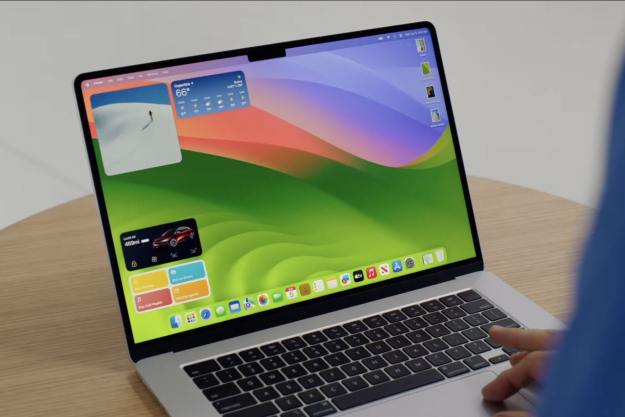
This year, some speculation suggested Apple might move on from MacOS 10.X, releasing a new MacOS 11 to go along with iOS 11. If some obscure web information is to be believed, however, that is not exactly likely to be the case, 9to5Mac reports.
Whenever the industry is wondering about a company’s upcoming plans, there are a few places that people look to find clues. One place is the web, where pages and placeholders are sometimes published that inadvertently give hints as to what is coming.
One example is a recently published reference that is part of a “CatalogURL,” or a page that lists a variety of information on available or upcoming products and services. In Apple’s case, a recent CatalogURL includes a reference to MacOS 10.13, which would be the next step after MacOS 10.12, known as Sierra.
If that listing holds true, then we’re not like to see MacOS 11 makes its way in 2017. There is no guarantee that this will happen, however, and if Apple keeps MacOS at version 10, then it would be giving up the chance to release MacOS 11 and iOS 11 simultaneously.
9to5Mac indicates that they’ve seen both MacOS 11 and MacOS 10.13 machines hit their site over the previous few months, and so this might remain a question mark for the foreseeable future. Of course, we don’t have that long to wait until WWDC 2017, at which point all of the relevant Apple questions will be officially answered.
Editors' Recommendations
- Don’t download the latest macOS Ventura update just yet
- Apple quietly backtracks on the MacBook Air’s biggest issue
- These are the 10 settings I always change on a new Mac
- All the best macOS Sonoma tips and tricks you need to know
- Common macOS Sonoma problems and how to fix them




